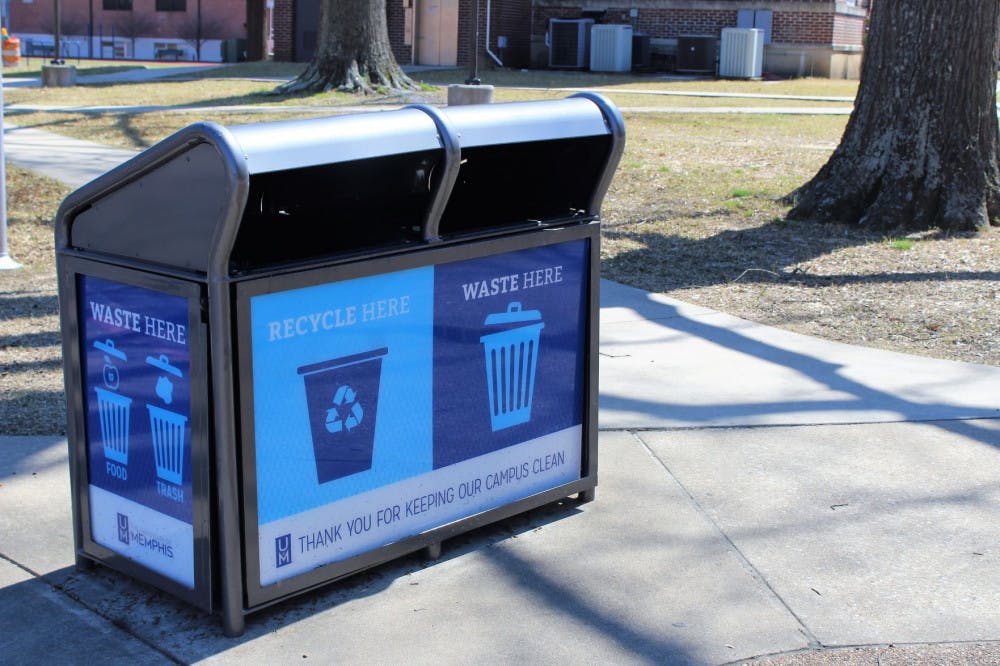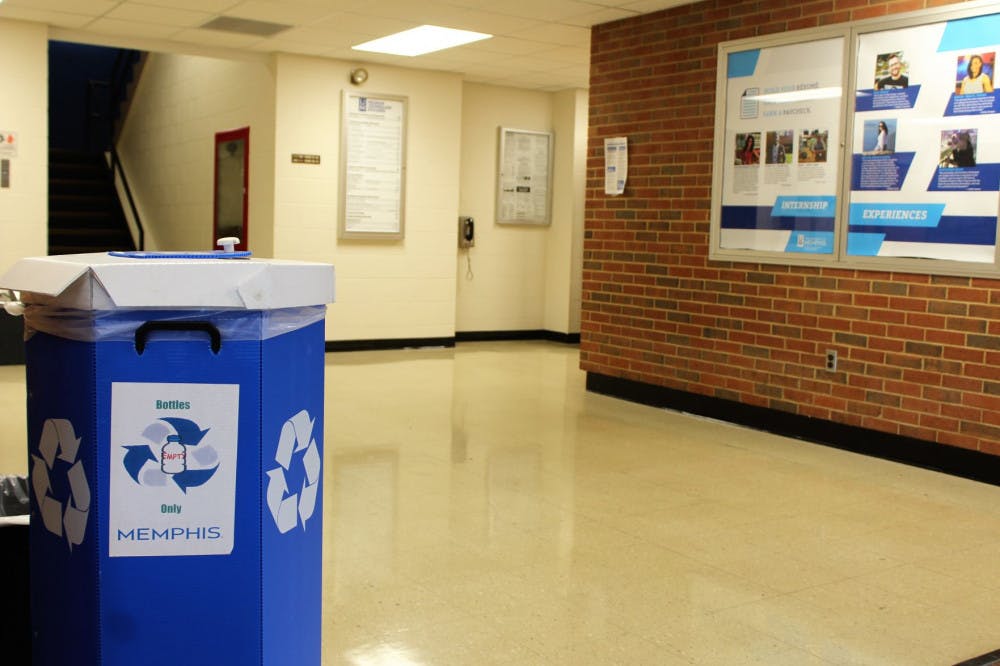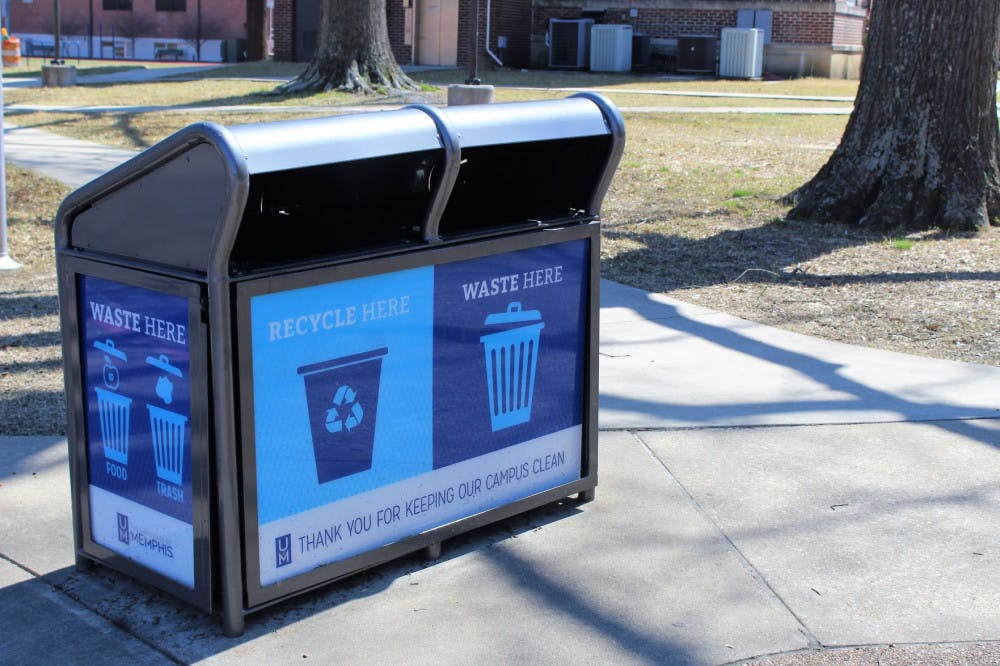
A 2018 National Geographic study found that the United States exported nearly 40 percent of its waste to China until a 2017 ban halted the process. Now, the U.S. has increased its use of incineration, or burning of trash, causing health and economic concerns.
A 2018 National Geographic study found the United States exported nearly 40 percent of its waste to China until a 2017 ban halted the process. Now, the U.S. has increased its use of incineration, or burning of trash, causing health and economic concerns.
Before this ban was put in place, U.S. cities made a profit by selling trash to China. Now, U.S. cities often pay for waste to be removed and taken to an incineration facility.
Ray Bricka, a waste management expert and chemical engineering professor at Mississippi State University, explained why China stopped importing waste and what it means for the U.S.
“You can recycle plastics (and other materials), but it’s expensive,†Bricka said. “There’s no easy way to do it. It was costing China a lot.â€
China’s economic decision has caused waste to pile up in the U.S. and other countries. In 2016, China imported 10 billion metric tons of plastic, but now countries are forced to look at alternatives.
Incineration is not a new technique, but its alternative is worrying citizens. However, all incineration is controlled and regulated.

A 2018 National Geographic study found that the United States exported nearly 40 percent of its waste to China until a 2017 ban halted the process. Now, the U.S. has increased its use of incineration, or burning of trash, causing health and economic concerns.
“The EPA (Environmental Protection Agency) is always over your shoulder, and you have to meet standards to discharge waste,†Bricka said. “While some pollutants are emitted, they are of minimal risk.â€
Bricka said if there is bad smoke emitted from a dioxin, it must go through a secondary oxidation process before the waste can be incinerated.Â
Alton Simpson, the director of environmental health and safety at the University of Memphis, said he believes incineration can be part of a viable long-term answer; waste-to-energy. Waste-to-energy is a process in which waste is transformed, via combustion, to create electricity.
“Waste-to-energy is widely used in Europe,†Simpson said. “But because of our space and population density, it’s hard for us to do what Europe does.â€
Simpson said incineration can present health risks, as combustion byproducts can always be harmful, but a good incinerator will be able to capture harmful pollutants.
“There’s no one way to deal with it,†Simpson said. “We have to find different and effective options to minimize waste.â€
Regardless of the incineration’s health risks and U.S. citizens’ personal feelings about it, both experts agree that efforts need to be made to reduce and recycle waste.Â
Simpson said while he cannot speak for the UofM and how they directly handle waste and recycling, he knows of multiple incineration facilities in and near Memphis and multiple companies that take advantage of them.
“Ethically, we have a responsibility to reduce waste regularly,†Simpson said. “We are all responsible for minimizing our footprint.â€




